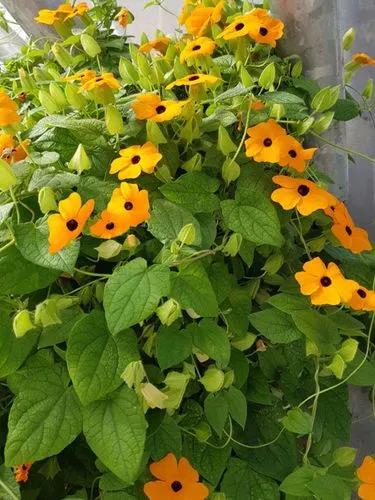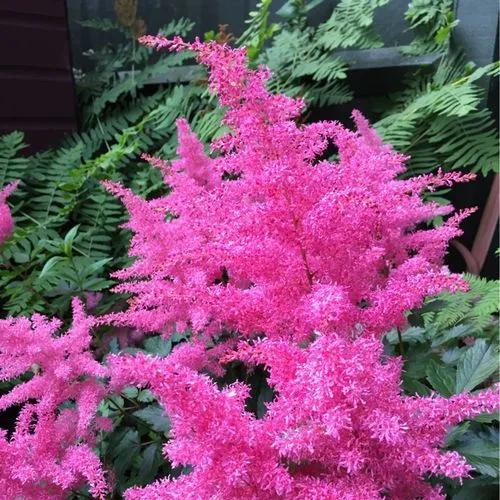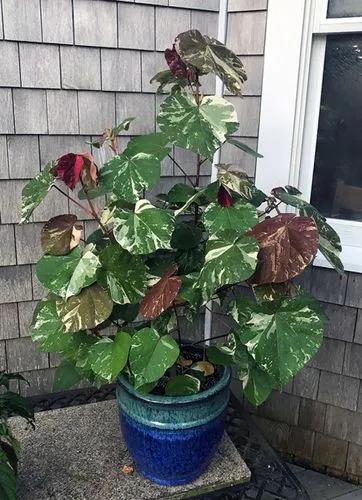Anemone coronaria, the poppy anemone, Spanish marigold, or windflower, is a species of flowering plant in the genus Anemone, native to the Mediterranean region. Anemone coronaria is widely grown for its decorative flowers.
Poppy anemone Care
Anemone coronaria



Anemone coronaria is native to the Mediterranean region. This windflower is an upright perennial that grows from rhizomatous tubers. Leaves are medium green, with basal leaves being biternate and involucral leaves being deeply divided. Solitary, showy, poppy-like, single flowers (to 2.5” diameter), each with 6-8 sepals, bloom in spring on stems rising to 10-12” tall. Flowers are blue, red or white with black centers. Plants go dormant after flowering. Species plants are uncommonly sold in commerce now in large part because of the availability of more colorful cultivars in both single and double flowered forms. Popular cultivar groups include De Caen (single) and St. Brigid (double). Additional common names for this plant include poppy anemone and lilies of the field. Genus name is often said to be derived from the Greek word anemos meaning wind. Specific epithet means used for or pertaining to garlands.
How to Care for the Plant

Water

Anemone coronaria requires moderate watering throughout the early season. After the flowers bloom, you may only need to water occasionally. These are low-maintenance plants that should grow steadily without much care. The main concern is overwatering. When you first plant the bulbs, the soil should be of a “medium moisture” level. Check the soil daily, and keep it from getting bone dry.

Fertilizer

If you want to feed the plants, add a liquid fertilizer around the time that the flowers bloom.

Sunlight

Try to find an area with plenty of sunlight. Partial shade is okay, but not the preferred option.

Soil

In the native Mediterranean region, the Anemone coronaria grows in sandy soil. In other regions, you need to ensure that the soil drains well.

Temperature

The plant can be grown as perennial in the areas with the lowest winter temperatures of −17.8°C (0°F). In colder regions, it can be grown as annual. The recommended temperatures for growing anemones is 58 to 65°F during the day and 42 to 50°F at night.

Popularity

1,199 people already have this plant 305 people have added this plant to their wishlists
Discover more plants with the list below
Popular articles






